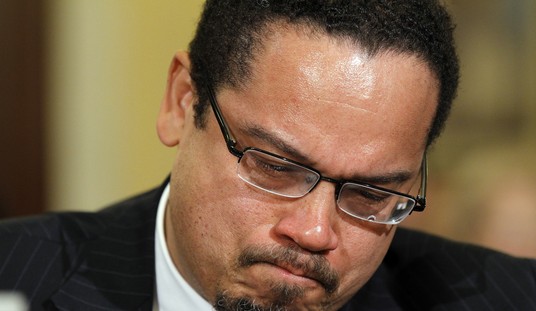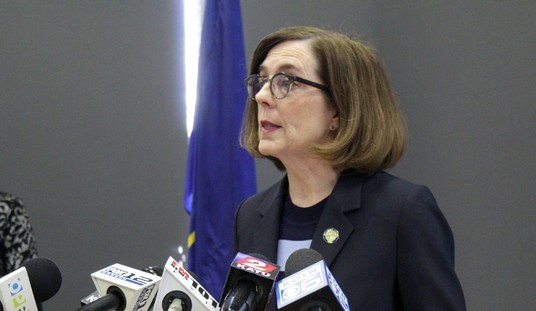There is a history of white people wearing blackface makeup for minstrel shows that relied on ugly stereotypes people understandably find offensive. It’s a hot button issue which occasionally makes the news. Just a week ago Florida’s Secretary of State Michael Ertel resigned after a photo of him wearing blackface at a Halloween party 15 years ago was published by a Florida newspaper. And not long before that, Megyn Kelly was fired from her Today Show gig after she questioned whether blackface was always offensive.
But this week the Arizona Central newspaper published a new twist on this that I don’t think makes much sense. A reader wrote an opinion piece for the paper saying he had been offended by a photo he saw hanging in a local pub. Was it a photo of white people dressed in blackface for a minstrel show? No. It was a photo of a group of coal miners in a pub. Here’s what the offended patron has to say about it:
A few weeks ago, I attended a holiday party at a downtown Phoenix restaurant. I walked around to view the photographs on the wall.
Then a photograph caught my attention.
Friends said, “It’s coal miners at a pub after work.” It was a photograph of coal miners with blackened faces. I asked a Latinx and white woman for their opinion. They said it looked like coal miners at a pub after work. Then they stepped back, frowned and said it’s men in blackface.
I asked the waitress to speak with a manager. Instead, I spoke with a white restaurant owner. I explained to him why the photograph was offensive.
You don’t have to imagine how that conversation went because the author goes on to explain how the photo is offensive:
Who determines what’s offensive?
For me, the coal miners disappeared and a film honored for its artistic merit, despite being the most racist propaganda films ever, D.W. Griffith’s “Birth of a Nation” (1915) surfaces, in which white actors appeared in blackface. The white owner saw coal miners in the photograph. Therefore, it was not offensive.
To his credit, the author admits that the photo is exactly what it appears to be. A picture of sooty coal miners. In fact, it’s a fairly famous Getty photograph taken in 1917. The caption reads “A group of coal miners, still dirty from the mines, discusses the impending coal strike over pints of beer at a local pub.” And yet, because the photo of sooty coal miners triggers “blackface” within this individual, he wants the photo removed.
It occurs to me that this is almost exactly the same issue we had last week with the Covington Catholic kids. A brief video was circulated without any context and immediately a lot of people saw a smirking white supremacist who needed to be smacked and taught a lesson. Jonathan Capehart, writing at the Washington Post, even admitted the reaction wasn’t about the kid per se, it was about the kid making people flashback to bad memories from childhood.
Given the kind of identity politics the left is promoting these days, it’s not hard to see where all of this is coming from. What matters is taking offense from your unique position within the intersecting hierarchies of race and sex and so on. Anything that gives you offense is absolutely wrong no matter how trivial. This is where microaggressions and safe spaces come from. In fact, this photo is being treated as a microaggression of a kind and the author is demanding the pub be made a safe space.
The problem, as we see in this story and in the Covington story last week, is that all of this can actually be happening inside a person’s head without any real offense intended by anyone in the real world. In the case of this photo, the sooty miners having a drink back in 1917 didn’t intend to put on blackface. They were just thirsty after a long day and didn’t go home to scrub up. The pub owner didn’t intend to put up an image of blackface. He put up a famous photo of hard-working guys hoisting a pint after work. So the offense, in this case, isn’t really out there.
This isn’t a case of unconscious bias, this is more like stream-of-consciousness bias. Do we really need to make the world safe from things that are merely tangential to offensive content? That seems to me to be taking things too far.








Join the conversation as a VIP Member